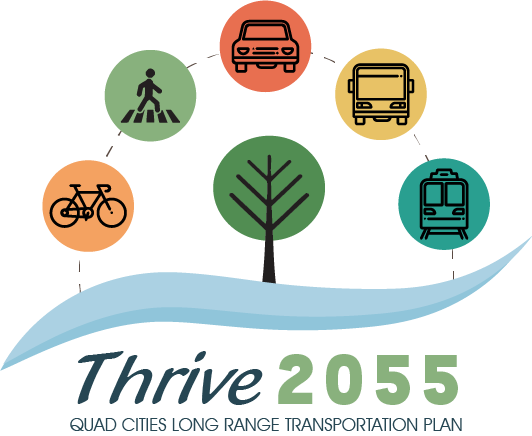April 26, 2017 – Every two seconds, someone in America needs blood. Amber Wood, Executive Director of the American Red Cross for the Quad Cities and West Central Illinois said the Red Cross must collect 14,000 donations every day for patients in need. While 80 percent of donations are collected at blood drives close to where people work and live, the blood Red Cross collects is distributed throughout the United States. Red Cross blood is part of the National Inventory with a lower loss rate than any blood bank in the United States. All Red Cross units donated find a recipient. Red cross blood has the ability to spread needed units to areas of urgency such as the Florida night club shooting. Red Cross blood is also the official secondary provider to the United States Military.
Ms. Wood also spoke about the American Red Cross – Blue Tie Tag Program that donates blood to Lurie’s Children’s Hospital to combat Sickle Cell disease. This identifies blood donations from those of African American heritage that is the best match for Sickle Cell patients due to antigens in the blood relevant to ancestry. Because 1 in 500 newborn babies have Sickle Cell and 1 in 12 African American’s have Sickle Cell, all babies born after 1989 have been tested for the Sickle Cell trait. Transfusion is the most common form of treatment.
The Home Fire Campaign and the Sound the Alarm effort seek to combat the silent disaster that is a home fire. Every eight minutes, someone in the U.S. is affected by a disaster; the vast majority are home fires. Home fires kill more people in America annually than all natural disasters combined. In fact, seven people are killed by home fires every day. Children, the elderly, and lower-income communities are most adversely affected.
People have only two minutes to get out of a burning building, not ten minutes. As a first responder to home fires, Red Cross wants to change the odds of survival. A working smoke alarm doubles the chance of surviving a home fire, and an escape plan increases the odds even more. Since the 2014 launch of the Red Cross Home Fire Campaign, volunteers and partners have installed more than 700,000 alarms and replaced more than 42,000 batteries. Ms. Wood noted just in this Red Cross region, more than 216 lives had been saved.
A new annual national signature event around Sound the Alarm will be launched this year with the goal of installing 100,000 smoke alarms. The event will occur between September 30 through October 15, 2017 in 100 major cities nationwide including the Bi-State Region.


